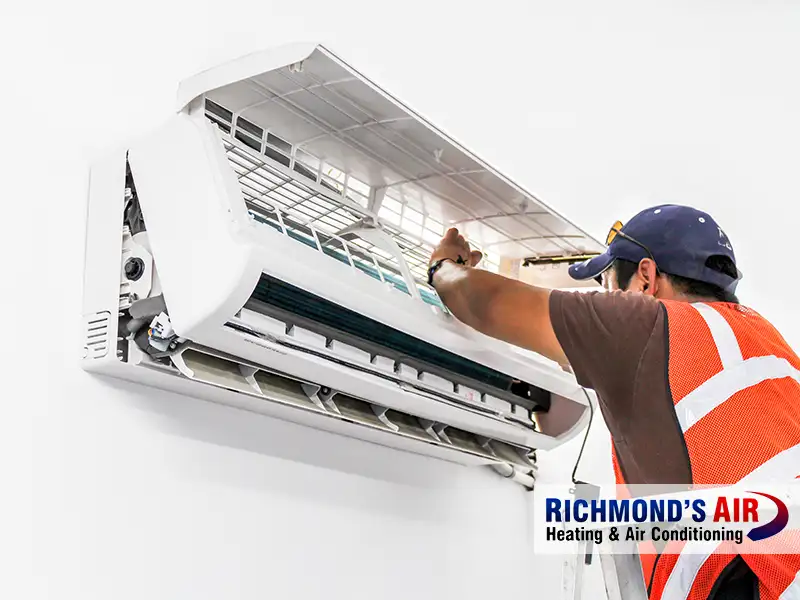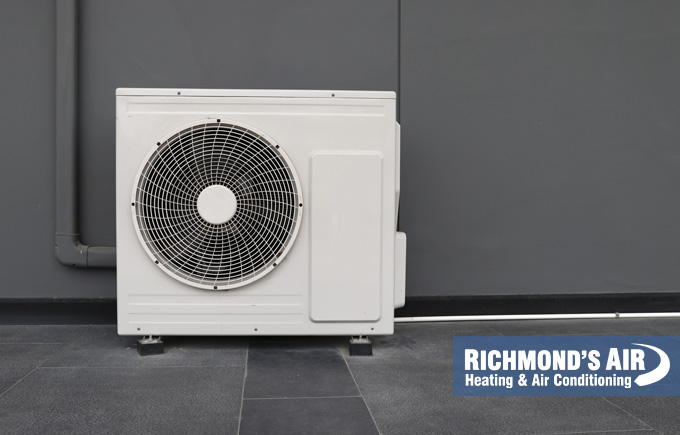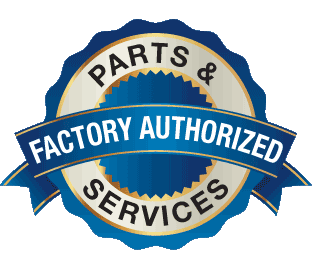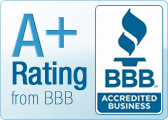Top tips and gadgets to keep you cool in Houston
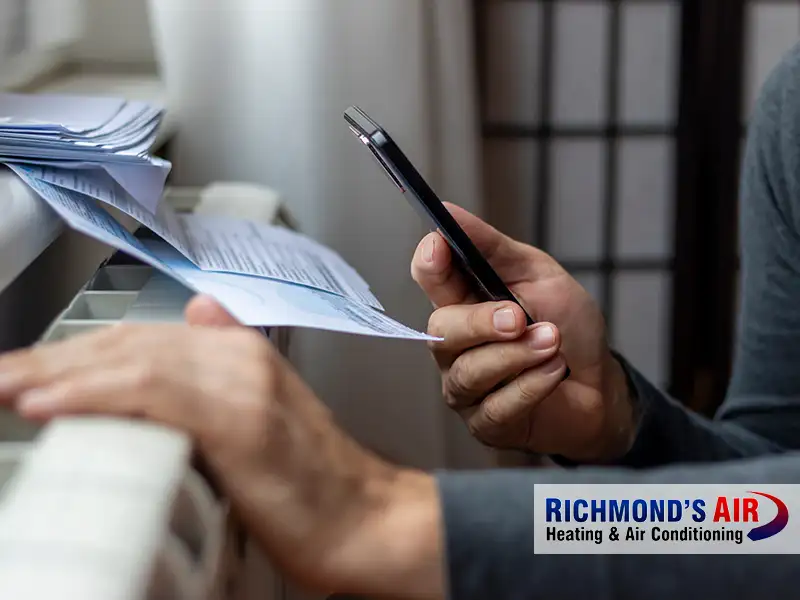
In Houston, the scorching summer temperatures are more than just a talking point; they’re a way of life. With the mercury often soaring past the 100-degree mark, residents are well-acquainted with the relentless heat that can make even a simple walk to the car feel like a trek through a furnace.
These soaring temperatures are not just a discomfort but also a financial burden, as the constant quest for relief sends electricity bills skyrocketing. As residents crank up their air conditioning units to combat the heat, the importance of finding effective ways to lower cooling costs becomes increasingly urgent.
In this article, we’ll give you some strategies to keep your home cool without breaking the bank and also discuss some additional tips and gadgets that can help you beat the heat, whether you’re inside or outside your home.
Top ways to lower your cooling costs
1. Install a programmable thermostat
A programmable thermostat allows you to set specific temperatures for different times of the day, reducing the workload on your AC when you’re not home. According to the Department of Energy (DOE), you can save up to 10% a year on heating and cooling by simply lowering your thermostat by 7-10 degrees Fahrenheit from its normal setting for 8 hours a day.
2. Close curtains and blinds
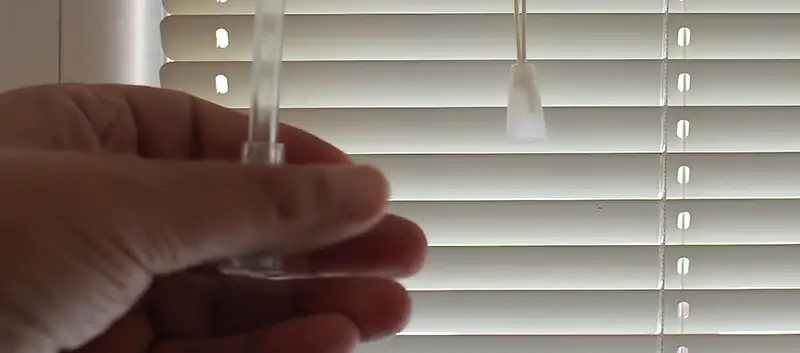
Curtains and blinds can act as an additional layer of insulation for your windows, blocking out the heat from the sun. This simple action helps to keep the indoor environment cooler, reducing the need for your air conditioning system to work as hard.
In particular, pay attention to the south- and west-facing windows since that is where the majority of the light and heat is coming from as it beats against your house.
By lessening the workload of your AC, you can achieve energy savings and lower your cooling costs. Research has shown that drapes of a moderate color featuring white plastic linings can effectively reduce heat gains by a significant 33%.
3. Use ceiling fans
Using ceiling fans in conjunction with your air conditioning can help transmit cool air more uniformly throughout your living space. This can make the room feel cooler (by as much as 5 degrees), allowing you to set your thermostat a few degrees higher without forgoing your comfort.
Keep in mind, however, that fans cool people, not rooms. So, while they won’t actually make the room itself cooler, they can stop the hot air from stifling you. Just make sure to turn them off when not in use; otherwise, you’re wasting energy for nothing.
4. Seal cracks and gaps
Sealing cracks and gaps in windows, door frames and other openings in your home can prevent cool air from escaping and hot air from entering. By improving the airtightness of your home, you reduce the workload on your air conditioning system, making it more efficient. As a result, you’ll use less energy to maintain a comfortable temperature, ultimately lowering your cooling costs.
5. Turn off lights
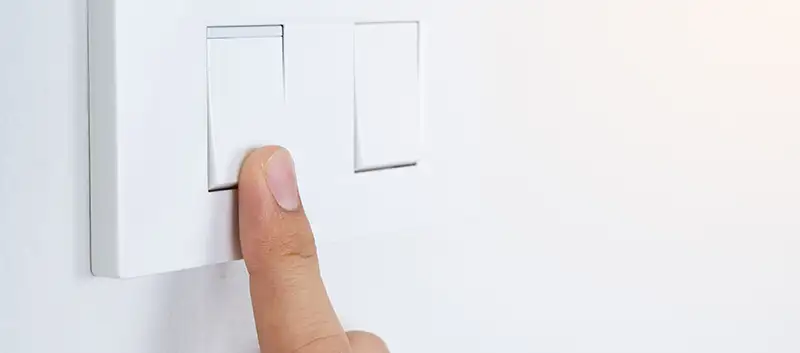
Turning off lights when they’re not needed can help reduce your cooling costs in two ways. First, many types of light bulbs, especially incandescent ones, emit heat when they’re on, contributing to the room’s overall temperature.
Second, reducing the amount of electricity you use for lighting can indirectly lower the load on your air conditioning system, as it won’t have to work as hard to counteract the heat generated by the lights.
6. Avoid heat-generating appliances
Avoiding the use of heat-generating appliances like ovens and clothes dryers during the hottest parts of the day helps lower cooling costs for several reasons. Firstly, these appliances emit heat into your home, which raises the indoor temperature and compels your air conditioner to run longer and harder to maintain comfort. This prolonged operation consumes more energy, increasing cooling expenses.
Secondly, peak daytime hours often coincide with higher electricity demand and utility rates, making cooling during this period costlier. By shifting appliance usage to cooler times, you reduce the strain on your cooling system, minimize energy consumption, and ultimately save on cooling bills.
7. Use exhaust fans
Exhaust fans, commonly found in kitchens and bathrooms, can be effective in removing hot, humid air from your home. By turning on the exhaust fan while cooking or after a hot shower, you help to expel warm air, making it easier for your air conditioning system to cool the space.
This targeted removal of warm air can improve the efficiency of your cooling system and reduce overall cooling costs.
8. Clean or replace air filters
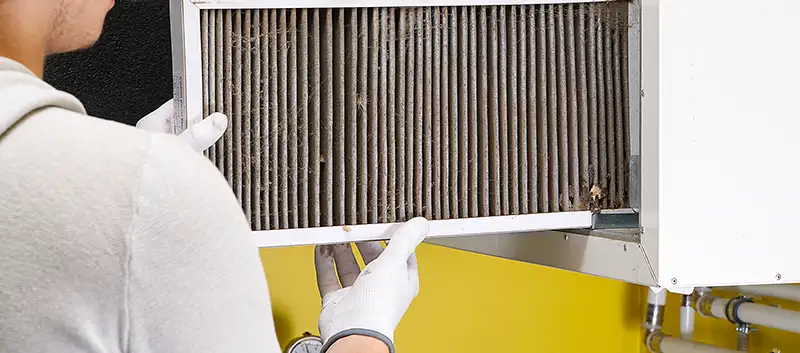
Cleaning or replacing your air filters can significantly improve the efficiency of your HVAC system. Not only will dirty filters block airflow and prevent some of the cold air from reaching you, but the air conditioner itself will overcompensate in terms of power output, requiring the system to do more work to cool your home, which uses more energy and drives up costs.
A clean filter allows for better airflow and less strain on the system, thereby lowering your cooling expenses. So, make it a point to clean your filters at least once a month this summer.
9. Set your thermostat to 78
Setting your thermostat to 78 degrees Fahrenheit when you’re at home and awake is a simple yet effective way to lower cooling costs. At this setting, your air conditioning system operates more efficiently, requiring less energy to keep your home cool. This not only reduces your energy bill but also puts less strain on your HVAC system.
10. Use a dehumidifier
High humidity can make your home feel hotter. By removing excess moisture from the air, a dehumidifier creates a more comfortable environment, making it feel cooler even at higher temperatures. This can lead to a significant reduction in your energy costs, as your HVAC system won’t have to work as hard to maintain a comfortable temperature.
5 steps for making sure your A/C is healthy
Easy DIY checks on your A/C can ensure your system is ready for warmer weather.
11. Insulate your attic
Insulating your attic effectively blocks the transfer of heat between your home’s interior and the outside environment. By doing so, it minimizes the workload on your air conditioning system, as less cool air escapes and less hot air infiltrates your living space. This improved energy efficiency can result in lower cooling costs over time.
12. Cook with a microwave or slow cooker
Using a microwave or slow cooker for cooking can significantly reduce the heat generated in the kitchen compared to using a traditional stove or oven. Less heat production means your air conditioning system won’t have to work as hard to maintain a comfortable temperature. In turn, you could see a noticeable decrease in your cooling costs.
13. Place weatherstripping
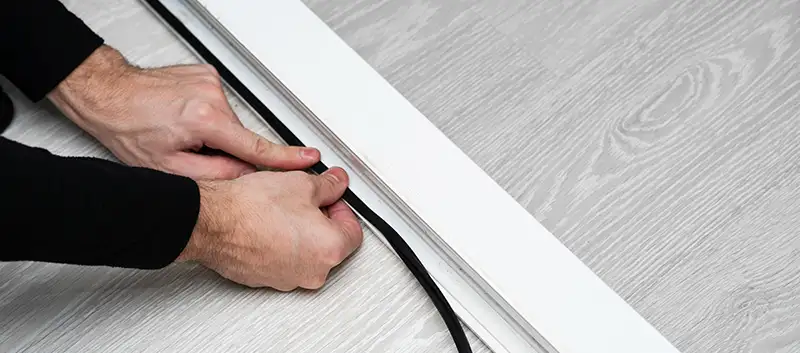
When there is excessive hot air entering the home, you may notice that your AC has to run longer to get the space cool again. Installing weatherstripping around doors and windows can help seal the gaps that allow cold air to escape and warm air to enter.
By creating a better seal, you also reduce the workload on your air conditioning system, allowing it to cool your home more efficiently. This simple measure can be a surprisingly affordable and effective way to lower energy bills, especially for those who live in particularly hot and humid climates like Houston.
14. Turn off the AC or close vents in unused rooms
Turning off the air conditioning or closing vents in rooms that are not in use can help reduce your overall cooling costs. By focusing your cooling efforts only on the areas where it’s needed, you lessen the load on your AC unit, making it work more efficiently.
15. Check your thermostat location
The placement of your thermostat can greatly impact the efficiency of your cooling system. Installing it in an area that receives a balanced amount of airflow will allow it to accurately gauge the home’s temperature, enabling your HVAC system to work more effectively.
Avoid locations near windows, doors, or heat-generating appliances, as these can cause the thermostat to register incorrect temperatures and make your cooling system work harder than necessary, increasing your energy costs.
16. Install heat control window film
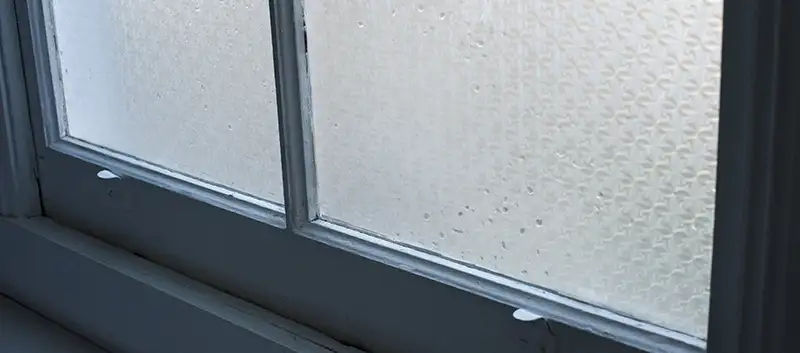
Installing heat control window film can be an effective way to lower your cooling costs. The film reflects the sun’s rays, reducing the amount of heat that enters your home through the windows.
By lessening the heat gain from outside, your air conditioning system won’t have to work as hard to maintain a comfortable indoor temperature, thereby saving you energy and money.
17. Plant shade trees or install awnings
Planting trees or installing awnings can provide natural shading for your home, reducing the amount of direct sunlight that penetrates windows and heats up the interior. By blocking the sun’s rays, you can significantly decrease the indoor temperature, enabling your air conditioning system to work less intensively. This natural cooling solution not only enhances comfort but also results in reduced energy bills over time.
18. Get regular HVAC service
Consistent HVAC maintenance is crucial to preserving the efficiency and lifespan of your cooling system, potentially leading to reduced cooling expenses. During these scheduled service visits, professionals examine, clean, and perform maintenance on your HVAC system. This encompasses tasks like cleaning or swapping out air filters, assessing refrigerant levels, lubricating moving components, and verifying the proper operation of electrical parts.
Maintaining your HVAC system’s optimal performance can result in decreased energy usage and the avoidance of expensive malfunctions, ultimately translating into savings on cooling costs.
19. Check ductwork for leaks
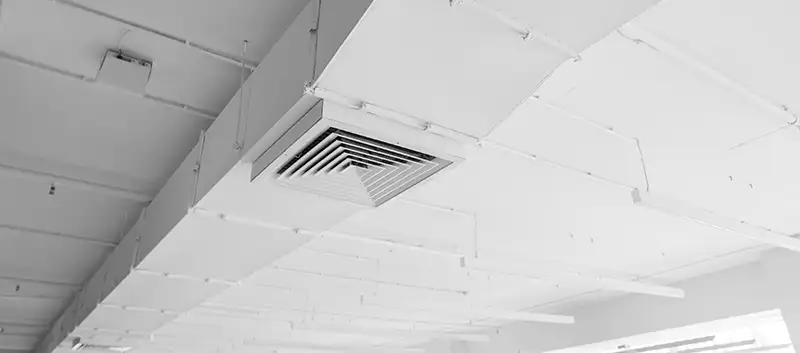
Checking your ductwork for leaks can significantly lower your cooling costs. Leaky ducts can waste a considerable amount of cooled air, causing your HVAC system to work harder to maintain the desired temperature.
Start by inspecting your ductwork visually. Look for any visible holes, gaps, or loose connections. Pay close attention to joints and seams. Next, while your HVAC system is running, run your hand along the ducts, feeling for any air escaping. Leaks are often accompanied by a noticeable flow of air.
By sealing any identified leaks, you ensure that all the cooled air produced is effectively distributed throughout your home, making your system more efficient and reducing your energy bills.
20. Consider upgrading an old HVAC system
If your HVAC system is more than 10-15 years old, it might be time to think about an upgrade. This is because newer systems tend to be more energy-efficient, meaning they require less electricity to operate, which translates into lower cooling expenses. Additionally, modern systems often come with advanced features like programmable thermostats and improved insulation, allowing for better temperature control and reduced energy waste.
Top tips when buying a new AC unit in Houston
Thinking about upgrading your old air conditioner in Houston? Get the best deal and pick the right unit for your home with our expert tips in this helpful guide.
Additional tips for staying cool
In addition to taking steps to lower your cooling costs, here are some additional tips and gadgets that can help you stay cool and comfortable, whether you’re indoors or outdoors during hot weather:
- Portable neck fans. Invest in a portable neck fan that provides a constant breeze to keep you cool on the go.
- Cooling neck wraps. Cooling neck wraps can be soaked in cold water and worn around your neck to lower your body temperature. Shop around online. Some brands claim to keep you cool for up to 8 hours!
- Wet towels. If you don’t want to invest in a neck wrap, try simply soaking a towel in cold water and draping it around your shoulders or forehead to cool you down.
- Misting fans. Carry a handheld misting fan that sprays a fine mist of water while providing a cooling breeze.
- UV-protective clothing. Wear clothing with UPF (ultraviolet protection factor) to shield your skin from the sun’s heat.
- Wide-brimmed hats. A wide-brimmed hat not only protects your face and neck from the sun but also provides shade to keep you cooler.
- Shade structures. Umbrellas aren’t only for rainy days! Use pop-up canopies or umbrellas to create shade at outdoor events or picnics.
- Insulated water bottles. Staying hydrated is key when you’re exposed to the heat. Carry an insulated water bottle to keep your drinks cold throughout the day to ensure adequate hydration.
- Solar-powered fans. Consider solar-powered fans that can be placed in windows to help ventilate and cool your home.
- Reflective car shades. Use reflective car shades to prevent your parked vehicle from turning into an oven during hot days.
- Ice packs. Place ice packs or gel packs in your pillowcase or on your mattress to keep your bed cool at night.
- Cooling mattress pads. Invest in a cooling mattress pad or topper to regulate your body temperature while sleeping.
- Portable evaporative coolers. You could consider using a portable evaporative cooler in rooms without air conditioning to help cool a small space, but keep in mind, most of these products don’t work well in humid environments.
Contact Richmond’s Air for help controlling your heating and cooling costs in Houston
If you need help assessing the efficiency of your existing air conditioning system or are contemplating an upgrade to a new HVAC system, reach out to the skilled HVAC professionals at Richmond’s Air.
We can provide maintenance for your current system or guide you through your options if you’re considering an upgrade. Additionally, we can assist you in scheduling routine preventive maintenance and an annual system tune-up to keep your HVAC running smoothly.
Contact us today to set up an appointment.
 Read reviews
Read reviews